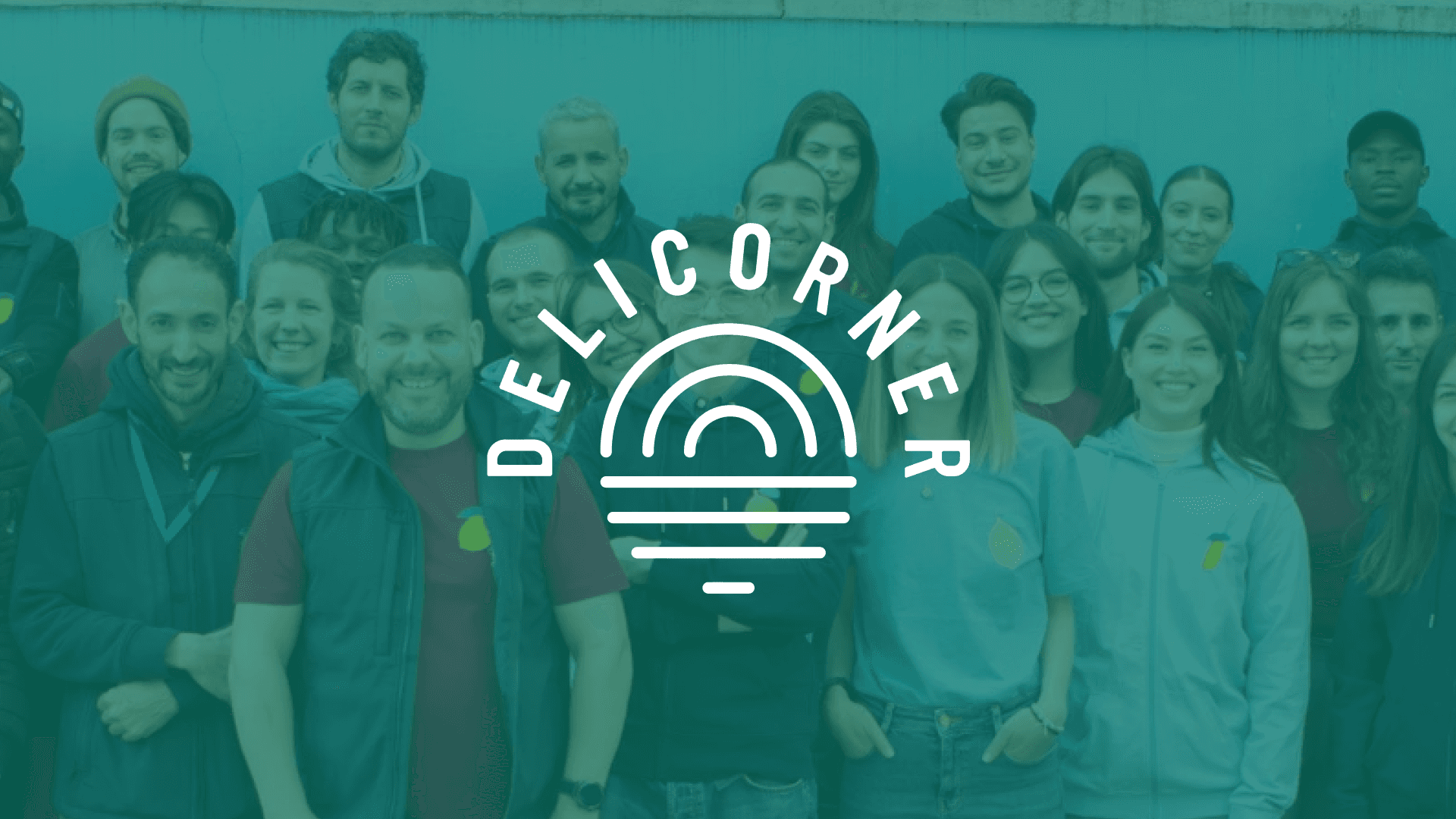What is Segmentation? (Dividing Markets into Targeted Groups)
Have you ever wondered how companies seem to know exactly what you need, even before you do? This isn't a result of mind-reading but a strategic approach known as segmentation.
Segmentation involves dividing a broad market into smaller, more manageable groups of consumers with similar needs, preferences, or demographic profiles. This marketing strategy allows businesses to tailor their products, services, and messages to meet the specific needs of their targeted audience effectively. By the end of this read, you’ll have a clear understanding of how segmentation works and why it’s a critical tool for any marketer aiming to create more impactful and personalized marketing campaigns.
Understanding the importance of market segmentation
Defining Segmentation in the SaaS Landscape
Segmentation, a crucial concept within SaaS marketing, is a strategic process where a broad target market is divided into homogeneous subsets of consumers, known as segments. Each individual segment is comprised of consumers who share similar needs, characteristics, or behaviors. More importantly, within the context of SaaS solutions, segmentation allows businesses to fine-tune user onboarding practices and product engagement protocols to better align with their customers' unique needs and expectations.
The Importance of Market Segmentation
Market segmentation is fundamental to effective SaaS marketing for several reasons. First and foremost, segmentation leads to greater customer understanding. By segmenting your market, you're not only categorizing your customers into neatly packaged units but also gaining valuable insights into their needs, preferences, and behaviors.
This understanding can then be used to inform your product development, user onboarding strategies, customer retention tactics, and even pricing models. As a result, you're able to design your SaaS solution to meet the precise needs of specific customer groups, thereby increasing the overall value of your product.
Secondly, segmentation allows organizations to focus their resources strategically. Instead of attempting to be everything to everyone, segmentation encourages companies to concentrate their efforts on high-value customer segments. This resource optimization can result in higher returns on investment and improved business performance.
Types of Market Segmentation
Market segmentation can be approached from various angles, including:
Demographic segmentation: This form of segmentation divides the market into groups based on variables such as age, gender, income, occupation, and education level.
Geographic segmentation: Segmentation based on geographical boundaries such as country, state, city, and even neighborhoods.
Behavioral segmentation: In this approach, consumers are segmented based on their knowledge, attitudes, use or response to a product.
Psychographic segmentation: This segmentation focuses on lifestyle, personality, or social class characteristics of consumers.
Tailoring User Onboarding with Segmentation
Segmentation, when paired with savvy user onboarding strategies, can significantly improve the user experience and drive engagement. Each customer segment may require a different approach to onboarding and product education, underscoring the importance of thoughtful segmentation. A tailored onboarding process can facilitate both initial user engagement and long-term customer retention, underscoring the symbiotic relationship between segmentation and successful SaaS solutions.
Setting Up Segmentation: Key Steps
Now, let's break down the steps integral for constituting an effective segmentation strategy in a SaaS company:
Identify Segmentation Criteria: This is the initial step and involves defining the differentiating factors of your target audience. The criteria can range from demographic information like company size and industry to behavioural indications such as tool usage patterns.
Analyze User Behaviour: Carefully studying user behaviour within your SaaS tool can reveal valuable insights. Metrics such as feature usage frequency, session duration, and action sequences can help differentiate users based on engagement and proficiency levels.
Create Detailed Customer Profiles: Utilize the information gathered to create comprehensive profiles for each segment. These profiles should feature the characteristics, preferences, and common pain points for each group.
Personalize Product Experience: Tailor your product's user experience and interface to cater to each segment's unique requirements. This might involve creating customized onboarding flows or adopting feature-specific tutorials for different user groups.
Implement Customer Feedback Loops: Regularly gather user feedback to understand if your current segmentation strategy is effective and relevant. Make changes and improvements as needed.

Segmentation as an Ongoing Process
Finally, it's good to remember that segmentation is not a one-size-fits-all or a set-and-forget strategy. As your SaaS product, user base, and market situation evolve, so should your segmentation strategy. Continually refining and updating your strategy ensures it effectively meets the dynamic needs of your user segments, reducing churn and increasing retention for sustained business success.
Related Glossary
Automation Strategy
Business Process Automation
Business Process Standardization
Cost Optimization
Cross-Functional Collaboration
Customer Centricity
Data Silos
Data-Driven
Digital Tools
Flow in the Context of Work and Creativity
Generative AI
Hyper-targeted
Hyperautomation
Implement
IT Roadmap
IT Strategy
Lead Measure
Positioning
Product Features
Product Manager
Product Marketing Manager
Product Positioning
Quick Wins
Roadmap
Silo
Tailored Product
Tool-tip
Total Quality Management
Touchpoint
User Experience



